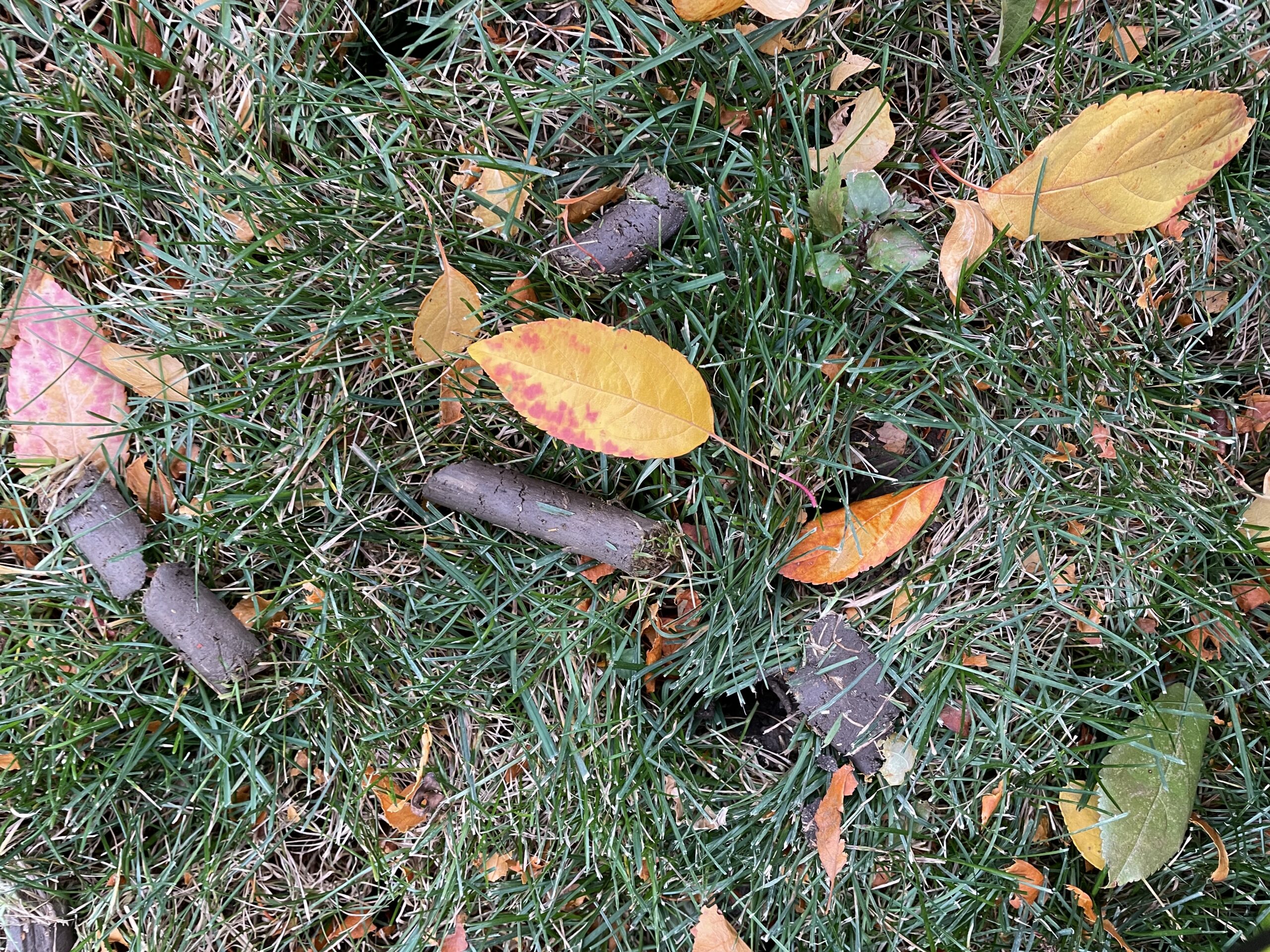
What is aeration?
Aeration, or core cultivation, is standard lawn care. Aerating a lawn means supplying the soil with air, usually by poking holes in the ground throughout the lawn using an aerator. It reduces soil compaction and helps control thatch in lawns while helping water and fertilizer move into the root zone.
When should lawns be aerated?
A lawn can be aerated at any time the ground is not frozen, but should not be done when it is extremely hot and dry. Spring and fall are considered the best times for aeration. Heavy traffic areas will require aeration more frequently.
What are successful aeration techniques?
Aeration is most effective when actual cores or plugs of soil are pulled from the lawn. Holes should be two to three inches deep and no more than two to four inches apart. Lawns should be thoroughly watered the day before aerating so plugs can be pulled more deeply and easily. Mark all sprinkler heads, shallow irrigation lines and cable TV lines before aerating so those lines will not be damaged.
Should cores be removed from the lawn?
On lawns with more than ½ inch of thatch, it is important to leave the cores on the lawn, allowing them to work back into the grass. Otherwise, the cores may be removed or left on the lawn. Lawns may be fertilized and seeded immediately after aeration. Water the lawn soon after aeration. There is no need to top dress lawns following aeration.
For more information, see the following Colorado State University Extension fact sheet(s).



